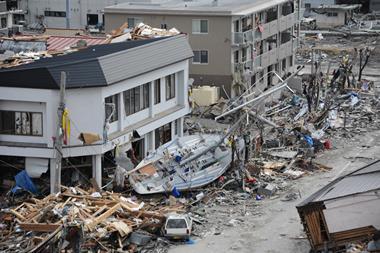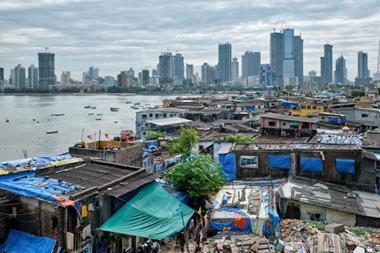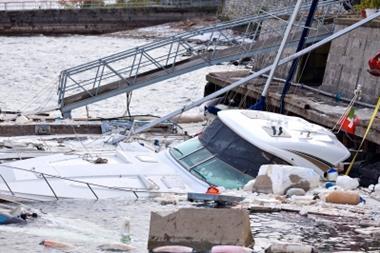120 people injured and 8 people killed according to initial estimates
Two earthquakes have hit the Murica region of south-eastern Spain. The town of Lorca was the worst affected with extensive damage to buildings, 120 people injured and 8 people killed. In Spain, this was the first earthquake to cause fatalities since 1997.
Lorca has a population of approximately 92,000 people, most of whom spent the night out in the open due to fear of aftershocks.
The Spanish Newspaper El Pais reports that a further 10,000 people were evacuated from their homes and that search and rescue operations are now under way.
Teams have also begun to evaluate the damage caused by the quake. However, the Spanish Ministry for Public Works has issued a statement assuring the public that the transport network of Murica has not been badly affected by the quake.
News of these events in Spain caused fears to spread to Italy, with thousands of Italians fleeing Rome. For Italians, memories are still fresh of the devastating earthquake of 2009 which hit the town of L’Aquila in central Italy.
Earthquakes this year in New Zealand and, in particular, the catastrophic quake in Japan, may cause changes in safety regulations regarding infrastructure that is vulnerable to seismic activity.
France and Germany have recently seen serious protests against nuclear power, which may intensify as a result of the earthquake in Spain.
In Japan, as a direct result of the earthquake/tsunami that damaged the Fukushima plant, operations at the Hamaoka nuclear power station in central Japan have been suspended. The possible closure of other Japanese nuclear power plants increases the likelihood of power shortages and other supply chain disruptions.



















